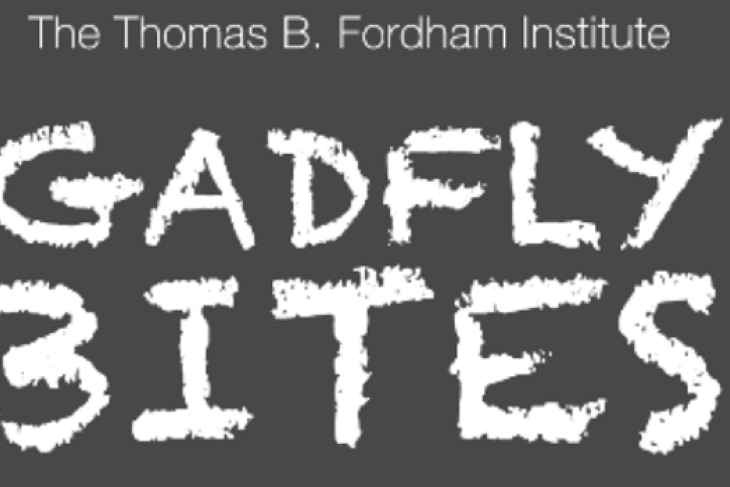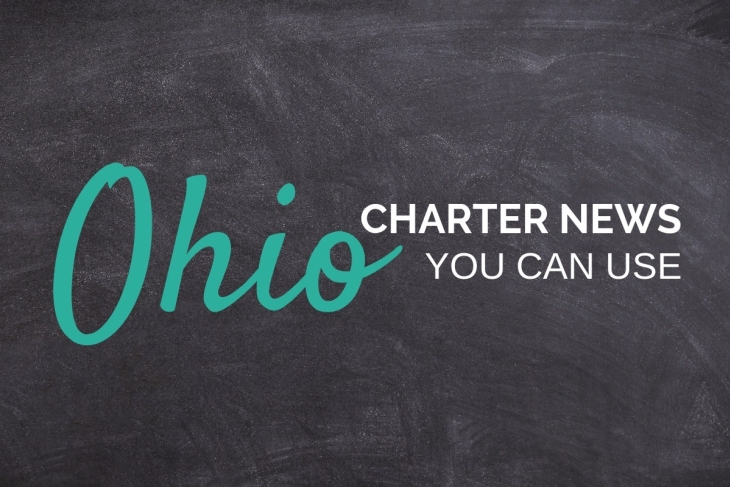It’s long been surmised that the socioeconomic achievement gap is caused by—or at least, in part, persists because of—a teacher quality gap. Low-performing, high-poverty schools have significant issues that lead many educators to leave, whether to a different, less challenging position, or out of the profession entirely, contributing to measurable differences in teacher quality. A recent literature review by Dan Goldhaber, Vanessa Quince, and Roddy Theobald sheds some light on this dynamic and offers some ways to address it.
The authors look at research conducted over the last twenty years, but focus primarily on the last five. They begin with the studies from the early 2000s that examined disparities in teacher qualification, defined usually by a combination of college degree held, certification attained, and experience accumulated. Less qualified teachers were more likely to teach at low-performing schools. In the present decade, however, researchers have gone further and examined different teachers’ effect on students using value-added metrics and student test data, and they usually look at achievement’s relationship to four variables: teacher hiring, teacher attrition, teacher mobility within school districts, and teacher mobility across school districts. Because of data availability and friendliness to such research, the bulk of recent studies have examined North Carolina and Washington State.
The authors find that different locales have different primary causes of their quality gaps. In North Carolina, for example, the largest drivers of the gap were cross-district mobility and hiring, which contributed equally. In Washington State, however, teacher transfers played a smaller role, while hiring practices were by far the biggest cause. Goldhaber, Quince, and Theobald also find that, across the country, effective teachers are more likely to leaving the profession or transfer out of disadvantaged schools, leaving less effective ones behind.
Moreover, student-teacher apprenticeships appear to be strong predictors of whether teachers will serve in disadvantaged schools, in large part because teachers often train in more advantaged schools than the ones they end up serving in, making them more likely to transfer to schools similar to where they trained. This is especially true for effective teachers. The authors cite a 2016 study in Washington State that found that 40 percent of teachers began their teaching career in the same district as their student teaching experience, and student teachers with better GPAs and licensure scores are more likely to train in, and therefore remain at, more advantaged districts than peers with lower GPAs and scores.
To help narrow these gaps and their causes, Goldhaber, Quince, and Theobald offer intuitive, evidence-based policy suggestions. They recommend using financial incentives such as retention bonuses for educators who serve in disadvantaged schools, improving working conditions at low-performing schools, improving hiring practices at disadvantaged schools to weed out less effective candidates, and especially training more student teachers at low-performing schools.
In all, the literature review provides us with a useful and accessible reflection on the last twenty years of research on teacher effectiveness. Good educators are vital to closing achievement gaps, and understanding what attracts them to schools can help policymakers and school leaders connect them to the schools that need them most. The chief takeaway is that low-performing schools need help hiring more effective teachers, and that an ideal starting point is in training more teachers at these schools.
SOURCE: Dan Goldhaber, Vanessa Quince, and Roddy Theobold, “Teacher quality gaps in U.S. public schools: Trends, sources, and implications,” Phi Delta Kappan (2019).









